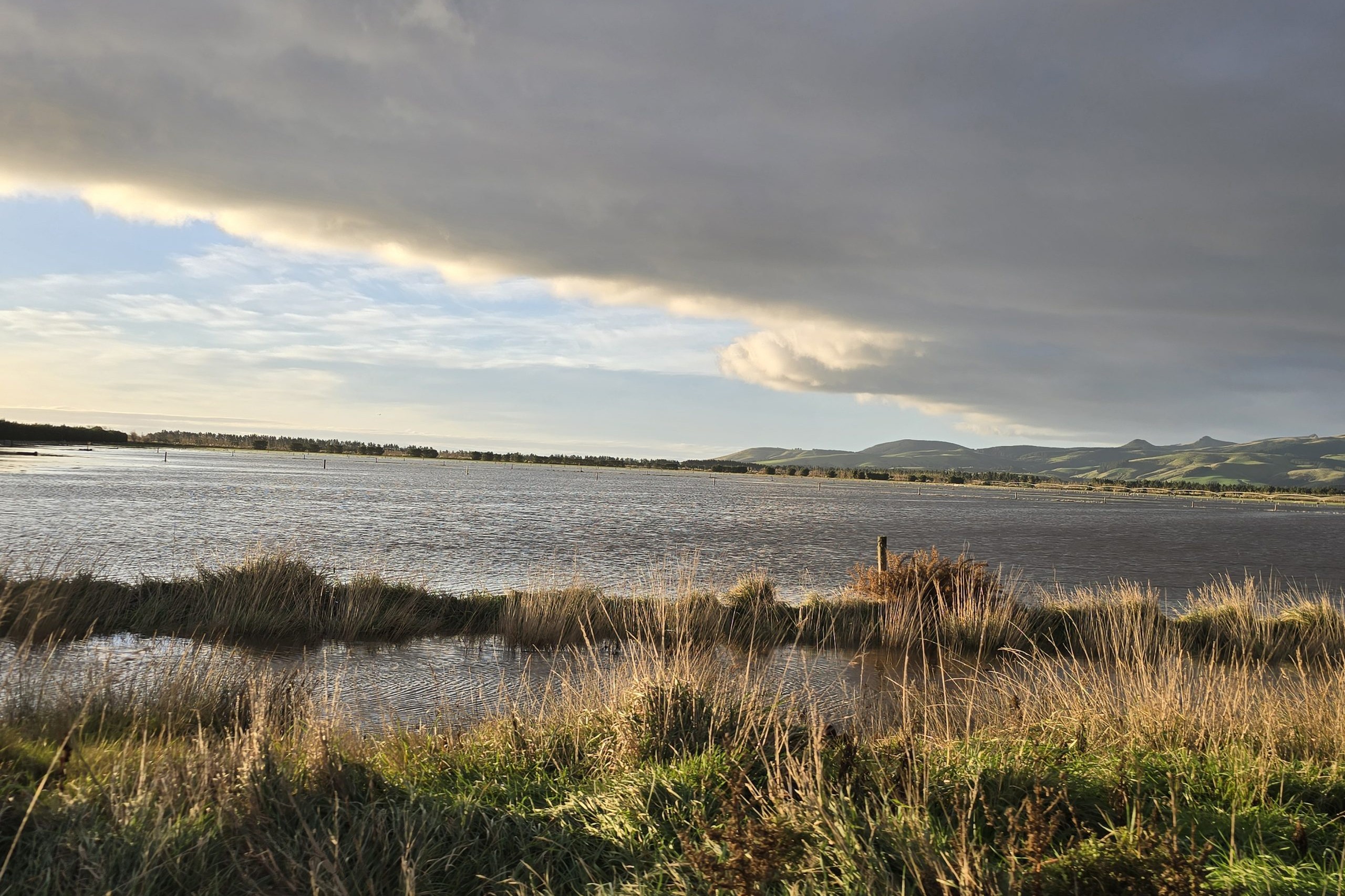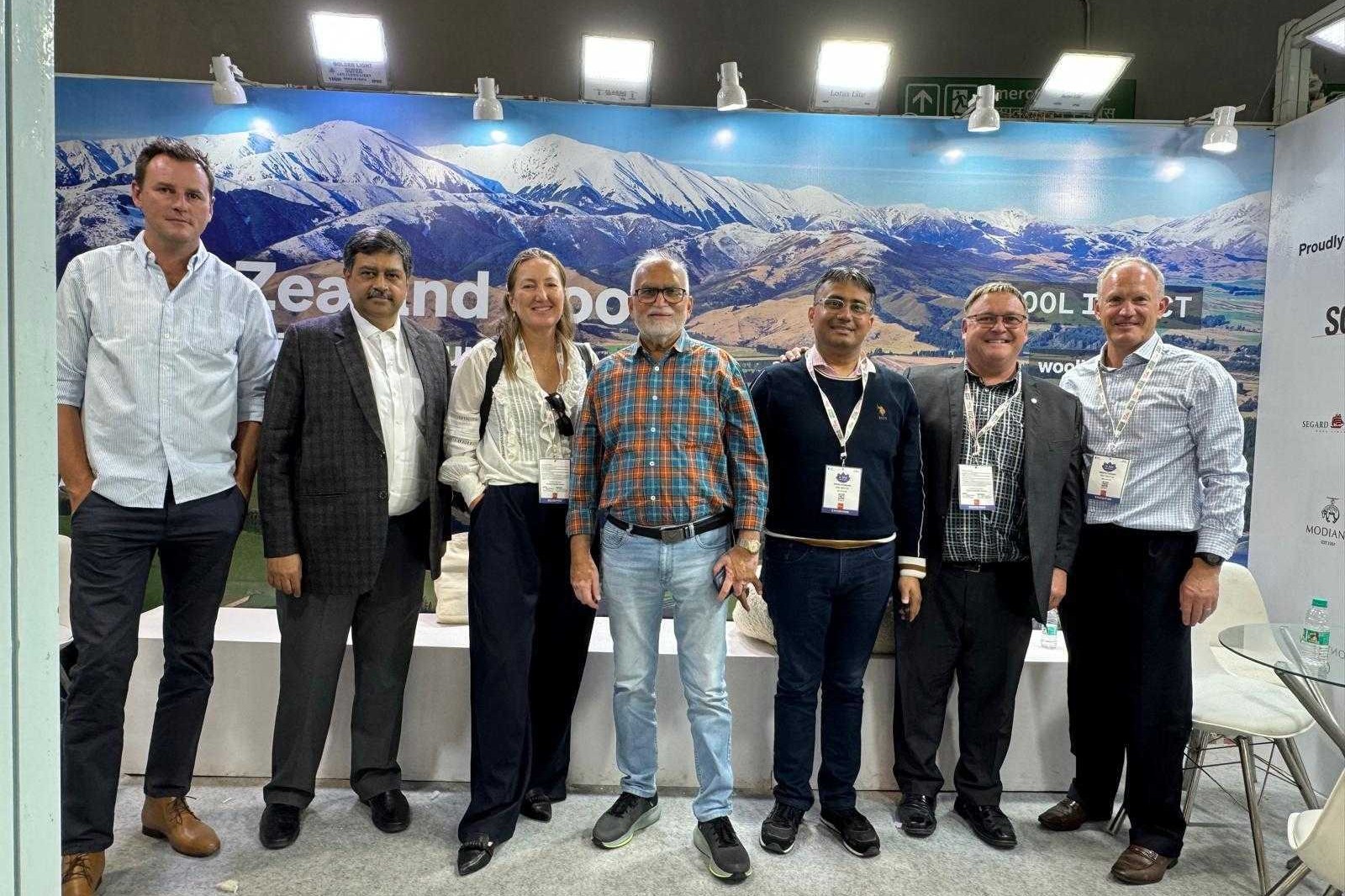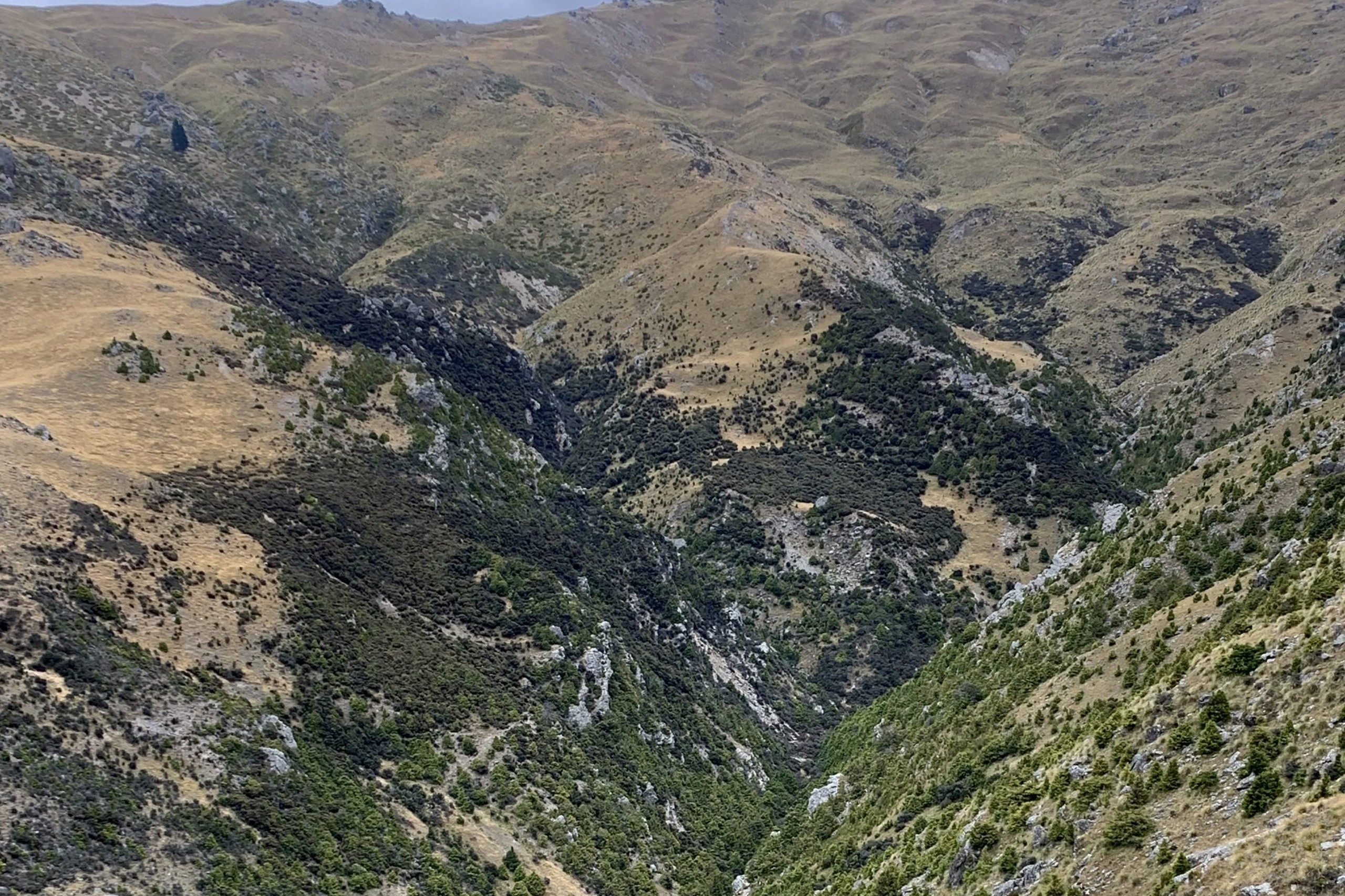Andrew Steven’s farm is mostly green but he’s taken some time off the property to explore and contemplate the distant future.
I started my August article with a discussion about the weather. It hasn’t got any wetter since then and we have continued destocking. All the trading animals are gone, some ewes and lambs have been sold all counted and we have pared the ewe hogget numbers right back.
Further decisions about hogget numbers must be made soon as their two teeth erupt. The best quality feed available is lucerne/herb mixes and this is going to weaner deer in order to have them finished and off to market while there still is one.
They have made very good weight gains and we are drafting anything over 94kg liveweight. I would prefer them to be over 100kg.
We are feeding grain to some of the ewes and lambs. We started grain feeding in February and I hate to think how much we have used. I will not be working it out as knowing the cost is not going to make me any happier.
Going counter to the destocking trend, we are rearing 100 dairy beef calves. The idea is that by the time they need significant amounts of grass, the rain will be getting closer. If not, then we can sell them.
The farm is still mostly green and there is still some growth, even though when you dig into the soil looking for moisture, none is found.
I got to thinking: what will our farming landscapes look like in 100 years time? Native revegetation and riparian plantings, woodlots, shelterbelts and grasslands will be sequestering carbon.
We have escaped all of the above for a couple of days spent exploring the lonely places and wide open spaces of Central Otago; Poolburn, Drybread, Maniatoto, Ida Valley, Old Dunstan Road, Falls Dam. I was surprised by just how much farmland there is in this area. You are likely to see Merinos grazing in the paddock next to dairy cows. The photo was taken in the Manuherikia valley near Omakau. The combine looks lonely and unloved. Nothing I saw suggested that farming in this locality is easy. Is there any such thing as easy farming? An oxymoron, I think.
I am picturing a property in South Canterbury that has made good efforts with its riparian planting. The shrubs are getting some height and starting to make a visual impact.
I got to thinking: what will our farming landscapes look like in 100 years time? Native revegetation and riparian plantings, woodlots, shelterbelts and grasslands will be sequestering carbon.
Native birds will be so numerous that they are on the menu. We will be harvesting high value native timbers from our own plantings. Every farm will have its own wetlands, designed to perform nature’s functions of cleaning water. There will be a patchwork of land uses and hopefully, the farming family is still surviving. The farmer will still be working their arse off.
All that is required to make the above a reality is time and sensible policies. A sensible policy is one that includes the farmer, understands their role as land manager and provider of food security and does not treat them like an idiot.
Prescriptive policy basically says “you are an idiot“. It is a profoundly disrespectful way of treating competent individuals.
With parenting, the child is nurtured by the parents/extended family and there is an understanding of the importance of these roles.
With farming, the farmer is responsible for nurturing the land and providing food products. You would think that important role would warrant some support?




